1/
As #ESCCongress nears, I thought I would do a #tweetorial on amyloidosis. Exciting times for the field and new data/treatments expected next week.
#FITSurvivalGuide #CardioTwitter @tony_breu @rodney_falk @marthagrogan1 @amyloidosisfdn @AmyloidosisSupp @Amyloidosis_ARC
As #ESCCongress nears, I thought I would do a #tweetorial on amyloidosis. Exciting times for the field and new data/treatments expected next week.
#FITSurvivalGuide #CardioTwitter @tony_breu @rodney_falk @marthagrogan1 @amyloidosisfdn @AmyloidosisSupp @Amyloidosis_ARC
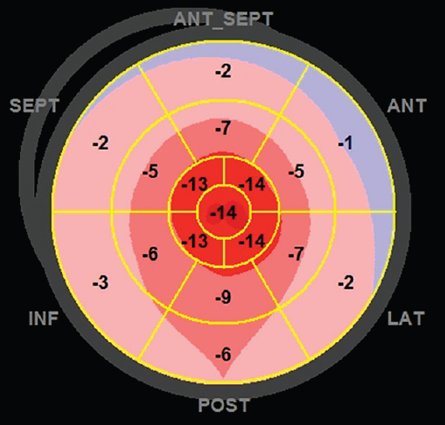
2/
What is amyloidosis?
A protein misfolding disorder in which one of thirty-five distinct proteins pathologically misfolds and aggregates extracellularly as insoluble amyloid fibrils, ultimately leading to organ dysfunction.
What is amyloidosis?
A protein misfolding disorder in which one of thirty-five distinct proteins pathologically misfolds and aggregates extracellularly as insoluble amyloid fibrils, ultimately leading to organ dysfunction.

3/
You can see that other diseases like Alzheimer’s involve amyloid deposition. We will focus on two types of amyloidosis that affect the heart and nervous system: immunoglobulin light chain (AL) and transthyretin (ATTR) amyloidosis.
You can see that other diseases like Alzheimer’s involve amyloid deposition. We will focus on two types of amyloidosis that affect the heart and nervous system: immunoglobulin light chain (AL) and transthyretin (ATTR) amyloidosis.
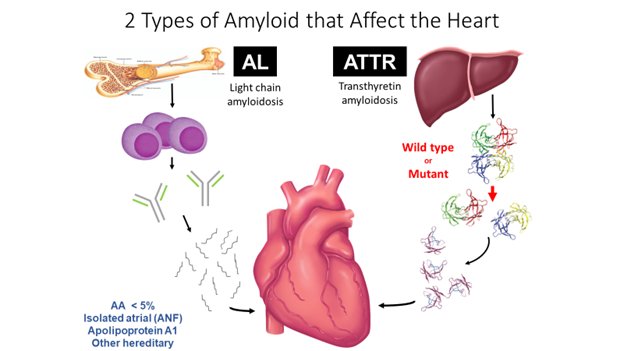
4/
Macroscopically these two types are essentially indistinguishable. But diagnosing the particular subtype of amyloid is extremely important for prognosis and treatment.
Macroscopically these two types are essentially indistinguishable. But diagnosing the particular subtype of amyloid is extremely important for prognosis and treatment.

5/
AL amyloid is caused by overproduction of clonal immunoglobulin light chains originating in the bone marrow. About 20% of patients with AL amyloidosis will also meet criteria for multiple myeloma.
AL amyloid is caused by overproduction of clonal immunoglobulin light chains originating in the bone marrow. About 20% of patients with AL amyloidosis will also meet criteria for multiple myeloma.
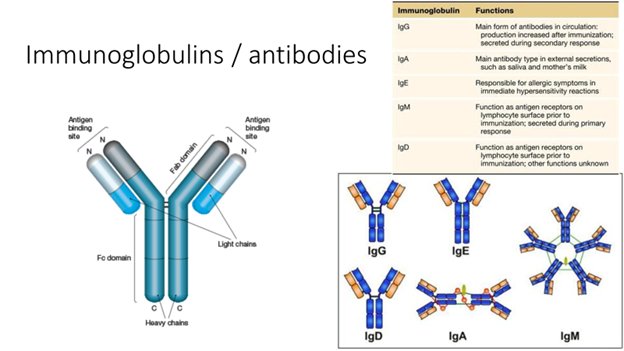
6/
Transthyretin, aka prealbumin, is made in the liver and involved in transport for thyroxine and retinol binding protein. It circulates as a tetramer and pathologically dissociates into folded monomers ➡️ oligomers ➡️ amyloid fibrils leading to ATTR.
Transthyretin, aka prealbumin, is made in the liver and involved in transport for thyroxine and retinol binding protein. It circulates as a tetramer and pathologically dissociates into folded monomers ➡️ oligomers ➡️ amyloid fibrils leading to ATTR.

7/
ATTR amyloidosis may occur as a result of the wild-type protein or from a hereditary mutation. This fantastic figure from Rapezzi et al depicts the common mutations on a spectrum from cardiomyopathy to neuropathy.
ncbi.nlm.nih.gov/pubmed/22745357
ATTR amyloidosis may occur as a result of the wild-type protein or from a hereditary mutation. This fantastic figure from Rapezzi et al depicts the common mutations on a spectrum from cardiomyopathy to neuropathy.
ncbi.nlm.nih.gov/pubmed/22745357
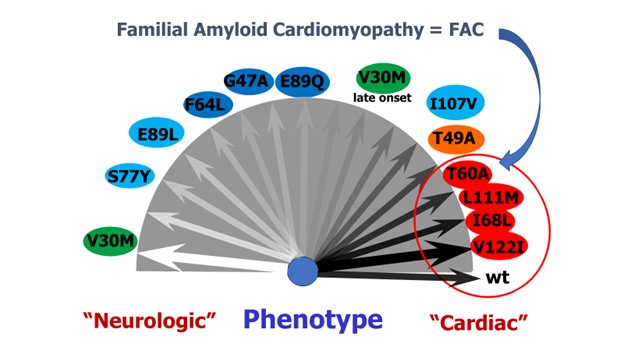
8/
The clinical presentation centers around heart failure and/or neuropathy. Atrial or ventricular arrhythmias, heart block, orthostasis, and carpal tunnel syndrome may occur in both forms. Spinal stenosis/biceps tendon rupture in ATTR>AL and GI/kidney involvement AL>ATTR.
The clinical presentation centers around heart failure and/or neuropathy. Atrial or ventricular arrhythmias, heart block, orthostasis, and carpal tunnel syndrome may occur in both forms. Spinal stenosis/biceps tendon rupture in ATTR>AL and GI/kidney involvement AL>ATTR.
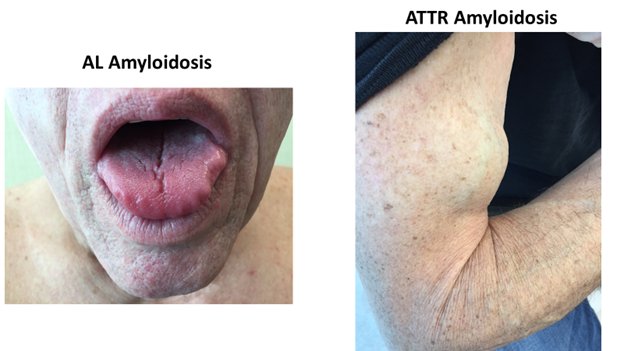
9/
ECG is *sometimes* low voltage and/or pseudoinfarct pattern. ECG voltage to echo mass ratio is more often abnormal which should set off alarms to consider amyloidosis.
ncbi.nlm.nih.gov/pubmed/27093686
ncbi.nlm.nih.gov/pubmed/25212550
ECG is *sometimes* low voltage and/or pseudoinfarct pattern. ECG voltage to echo mass ratio is more often abnormal which should set off alarms to consider amyloidosis.
ncbi.nlm.nih.gov/pubmed/27093686
ncbi.nlm.nih.gov/pubmed/25212550
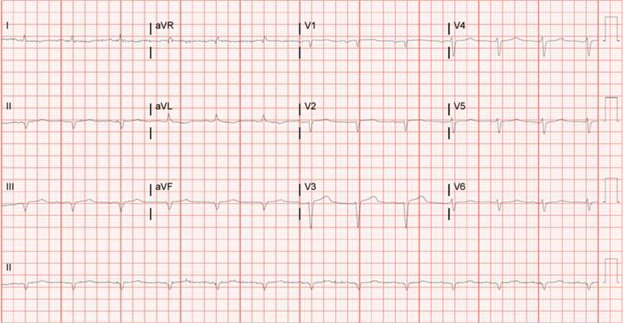
10/
Typical echo characteristics are increased LV wall thickness and diastolic dysfunction. Sometimes valve and IAS thickening. “Sparkling” myocardium not specific with harmonic imaging. Do you see the decreased longitudinal motion on the 2d images?
Typical echo characteristics are increased LV wall thickness and diastolic dysfunction. Sometimes valve and IAS thickening. “Sparkling” myocardium not specific with harmonic imaging. Do you see the decreased longitudinal motion on the 2d images?
11/
Longitudinal strain analysis reveals the classic “apical sparing” pattern with severely abnormal strains in the basal and mid segments. A relative ratio can be calculated as avg apical / (avg base + avg mid) strains with values >1 being concerning for cardiac amyloid.
Longitudinal strain analysis reveals the classic “apical sparing” pattern with severely abnormal strains in the basal and mid segments. A relative ratio can be calculated as avg apical / (avg base + avg mid) strains with values >1 being concerning for cardiac amyloid.

12/
We know strain is helpful to reclassify patients with “LVH”, particularly into the amyloidosis category.
ncbi.nlm.nih.gov/pubmed/24874973
We know strain is helpful to reclassify patients with “LVH”, particularly into the amyloidosis category.
ncbi.nlm.nih.gov/pubmed/24874973
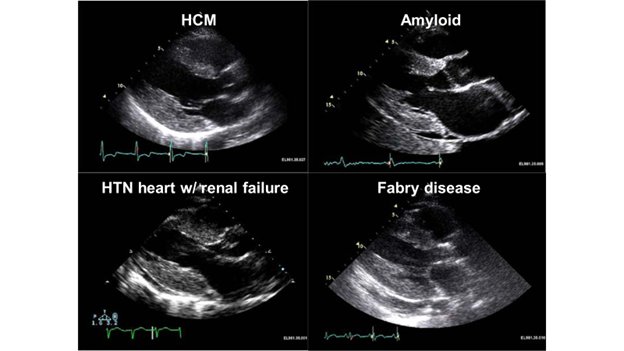
13/
Concern on echo and ECG? I use this algorithm. Free kappa/lambda light chains and serum/urine IFE rules out >95% of AL. SPEP not enough. Remember we are looking for abnormal K:L ratio. Both can be equally high in renal disease, etc. Tc pyrophosphate (or equivalent) for ATTR.
Concern on echo and ECG? I use this algorithm. Free kappa/lambda light chains and serum/urine IFE rules out >95% of AL. SPEP not enough. Remember we are looking for abnormal K:L ratio. Both can be equally high in renal disease, etc. Tc pyrophosphate (or equivalent) for ATTR.

14/
TcPYP is assessed with Perugini (semiquantitative) grade and heart-to-contralateral lung ratio. A H/CL ratio >1.5 (after a 1 hour delay from tracer injection) is consistent with ATTR amyloidosis.
TcPYP is assessed with Perugini (semiquantitative) grade and heart-to-contralateral lung ratio. A H/CL ratio >1.5 (after a 1 hour delay from tracer injection) is consistent with ATTR amyloidosis.

15/
Look at the SPECT images as well. You may see an apical sparing pattern (ie less diffuse deposition) which portends a better prognosis.
ncbi.nlm.nih.gov/pubmed/28917675
Look at the SPECT images as well. You may see an apical sparing pattern (ie less diffuse deposition) which portends a better prognosis.
ncbi.nlm.nih.gov/pubmed/28917675
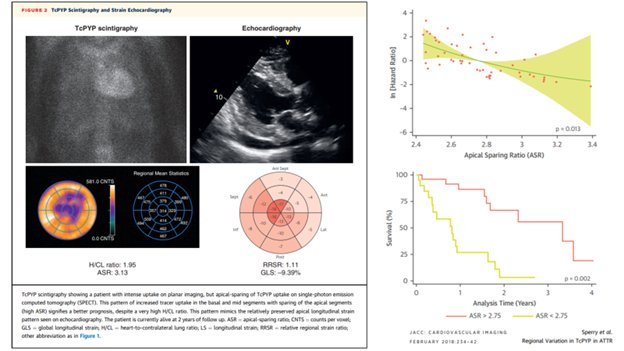
Rest of thread here:
https://twitter.com/BrettSperryMD/status/1032825603093872640
• • •
Missing some Tweet in this thread? You can try to
force a refresh





